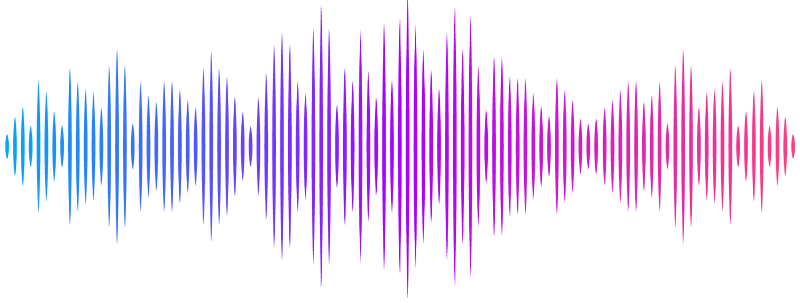Modular Fluorescent Cholesterol Naphthalimide Probes And Their Application For Cholesterol Trafficking Studies In Cells

Modular Fluorescent Cholesterol Naphthalimide Probes And Their Application For Cholesterol Trafficking Studies In Cells
Rubio, V.; McInchak, N.; Fernandez, G.; Benavides, D.; Herrera, D.; Jimenez, C.; Mesa, H.; Meade, J.; Zhang, Q.; Stawikowski, M. J.
AbstractDevelopment of fluorescent cholesterol analogs to better understand subcellular cholesterol trafficking is of great interest for cell biology and medicine. Our approach utilizes a bifunctional 1,8-naphthalimide scaffold with a push-pull character, modified on one side with a head group and a linker on the other side connecting it to cholesterol via an ester bond. Through structure-function studies, we\'ve explored how different substituents-linkers and head groups-affect the ability of these fluorescent cholesterol naphthalimide analogs (CNDs) to mimic natural cholesterol behavior at both molecular and cellular levels. We categorized the resulting analogs into three groups: neutral, charged, and those featuring a hydroxyl group. Each compound was assessed for its solvatochromic behavior in organic solvents and model membranes. Extensive all-atom molecular dynamics simulations helped us examine how these analogs perform in model membranes compared to cholesterol. Additionally, we investigated the partitioning of these fluorescent probes in phase-separated giant unilamellar vesicles. We evaluated the uptake and distribution of these probes within mouse fibroblast cells and astrocytes, for their subcellular distributions in lysosomes and compared that to BODIPY-cholesterol, a well-regarded fluorescent cholesterol analog. The internalization efficiency of the fluorescent probes varies in different cell types and is affected mainly by the head groups. Our results demonstrate that the modular design significantly simplifies the creation of fluorescent cholesterol probes bearing distinct spectral, biophysical, and cellular targeting features, which makes it a valuable toolkit for the investigation of subcellular distribution and trafficking of cholesterol and its derivatives.


